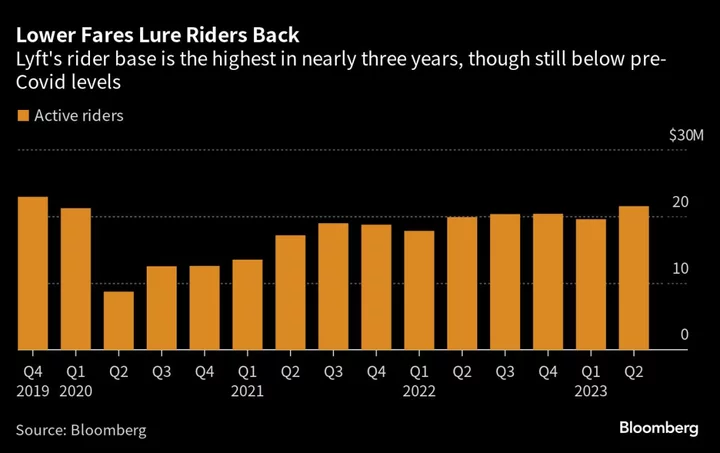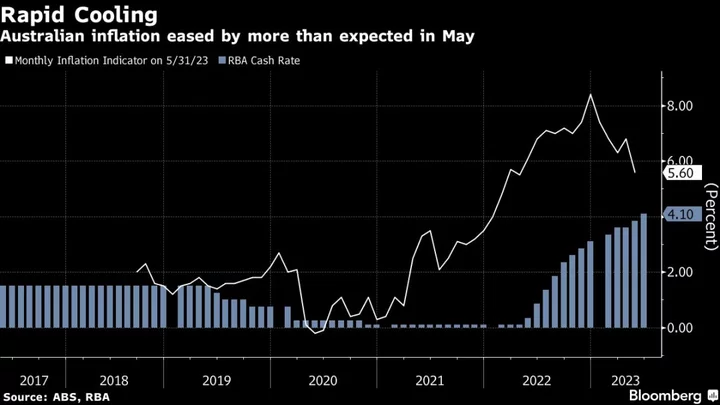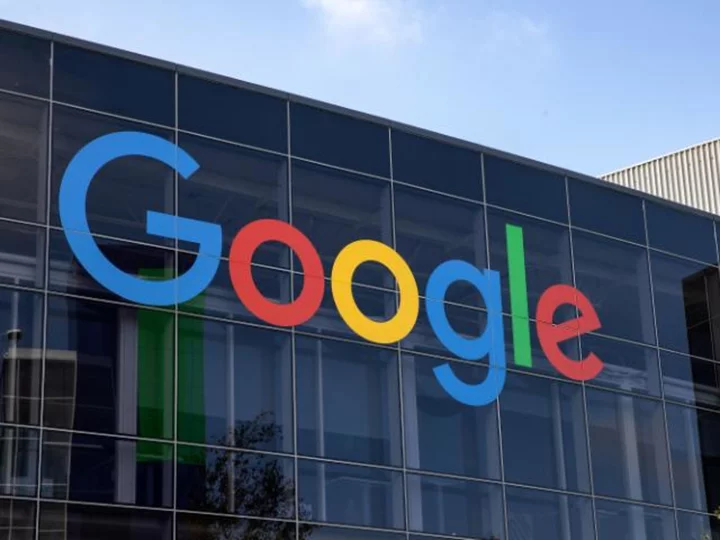Lyft Inc. shares fell after the company reported its slowest revenue growth in two years, overshadowing a better-than-expected outlook for earnings, as the company struggles to get its ridership back on track.
Sales rose 3% to $1.02 billion in the second quarter, the San Francisco-based company said in a statement. Though that was in line with Wall Street’s expectations, it marked a sharp deceleration from recent quarters.
The slow pace suggests Lyft is still struggling to bounce back from the pandemic. Lyft and its chief rival Uber Technologies Inc. saw demand for their services ravaged by Covid-19, a blow exacerbated by a driver shortage that pushed up fares and wait times for customers. The companies have both spent millions of dollars to entice workers onto their platforms, but Lyft has had a harder time getting its marketplace back into balance.
Lyft shares fell as much as 10% to $10.36 in late trading after the report was released.
Despite the slow growth, Lyft is seeing higher ride volumes and also “creating a healthier business,” Chief Executive Officer David Risher said in an interview Tuesday. “Our strategy going forward is to price in line with where the market is. We’re not planning on doing any major price changes.”
Lyft reported 21.5 million active riders on its platform in the second quarter, up 8% from a year ago — beating analysts’ expectations — as more commuters flocked to the app for routine trips and airport rides. Rider frequency reached the highest level in more than two years, the company said, though its total customer base remains well under the 22.9 million riders that it reached before the pandemic.
Lyft, which only operates in North America, has been dragged down by slower recovery in US West Coast cities such as San Francisco. But Risher said trip volumes in western markets are picking up at a faster clip compared with last year.
Lyft reported adjusted earnings before interest, tax, depreciation and amortization of $41 million in the three months ended June 30, surpassing the $28.3 million analysts were expecting. The ride-hailing company raised its earnings projection for this quarter to between $75 million and $85 million, nearly twice as much as some analysts were estimating on the high end.
Lyft’s stock plunged by more than 74% last year, dropping as much as 35% in a single day, after the company said its prolonged driver shortage would require spending more on incentives. Lyft’s woes this year have centered around its stagnating rider base, which then-CEO Logan Green tackled by lowering prices for customers.
Risher took over as Lyft’s CEO in April after Green and co-founder John Zimmer stepped down. Since assuming the helm, Risher has dismissed 26% of Lyft’s workforce and said the company would take on a partner or sell its bike and scooter business to focus on ride hailing. He has also rolled back Lyft’s fully flexible work policy and hired a new chief financial officer.
Risher said Lyft’s driver supply is now up 20% compared with last year, and cost-cutting during the quarter helped shave off $330 million in expenses, he said.
Last week, Uber reported a 14% jump in total revenue, a record number of riders and strong food-delivery demand. Even then, Wall Street punished the stock for slow growth rates. The company accounted for 74% of the US consumer ride-share sales in June, while Lyft had 26%, according to Bloomberg Second Measure.









